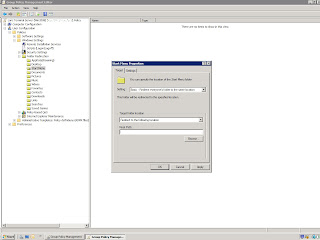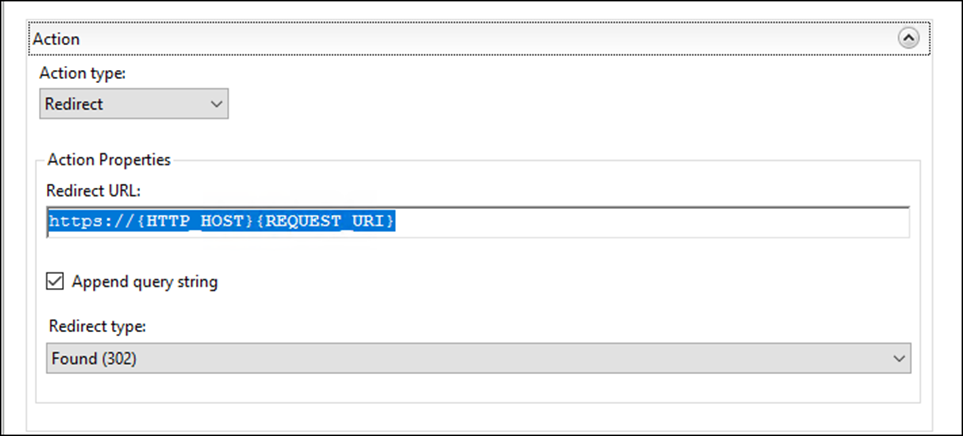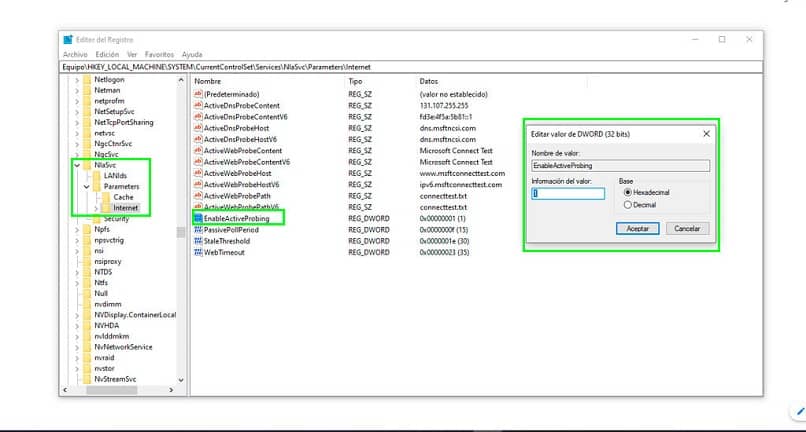
Obviously it's great to control where users are storing their files, because we all know you can tell them "server only" until you're blue in the face, and your next trip in, Sally has all her important documents locally. Or sometimes multiple users, sharing accounts, and jumping stations.

I have thought of keeping the folder redirection at the workstations as well, but it just seems to get messy, when you have users jumping stations, and using the same account. I was thinking about implementing the remote desktop profile approach, which should only effect terminal sessions, but for performance reasons, I think folder redirection the server only, is the best approach, with the loop back policy. The computers onsite are also a member of the domain.

Some are remote, and some are at the same site. Workaround 3: Run Remote Desktop Connection (mstsc.That sounds interesting. See the guide to change default Remote Desktop Terminal Services listening port, and how to connect using non-default port in Remote Desktop Connection. By default, Remote Desktop listens and connects on port 3389. The hack is especially useful in Windows XP SP2 and SP3 where 127.0.0.2 forwarding IP address for localhost connection no longer work. Workaround 2: Connect to RDC Terminal Services at Different Non Standard PortĪnother workaround to the blockage of local host Remote Desktop connection in Windows is to connect to localhost (127.0.0.1) address on another port other than the default (3389). 127.0.0.2 is the internal TCP/IP loopback address and Remote Desktop prior to version SP2 allow connection through the loopback 127.0.0.2 IP address, although it actively blocks connection via 127.0.0.1 or localhost string. The trick works in Windows XP Professional and Media Center Edition (MCE) prior to Windows XP Service Pack 2 (SP2), and may also works in Windows 7 or later OSes. Workaround 1: Connect Remote Desktop Connection (RDC) to 127.0.0.2

There’s a few workarounds and hacks that enable user to use Remote Desktop to connect to local PC for another desktop session.

Connecting remote desktop client to localhost is useful for user who wants to have 2 sessions of desktop, to tunnel Remote Desktop connection through encrypted SSH (Secure Shell), or want to test if the patched termsrv.dll to unlock unlimited concurrent Remote Desktop sessions working or not. It’s Remote Desktop behavior in Windows operating sytem to explicitly prevent and refuse connection from localhost or 127.0.0.1.


 0 kommentar(er)
0 kommentar(er)
